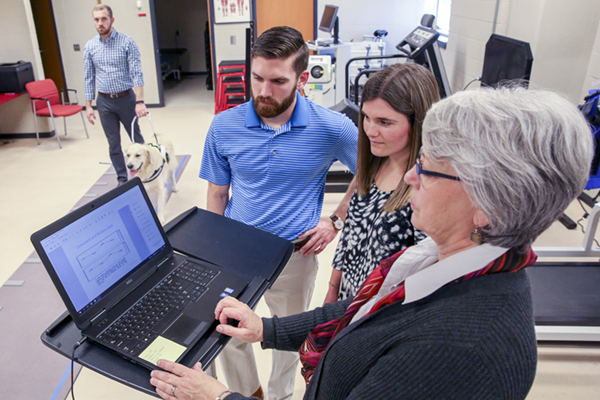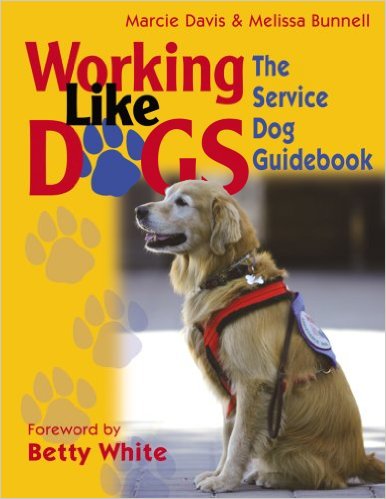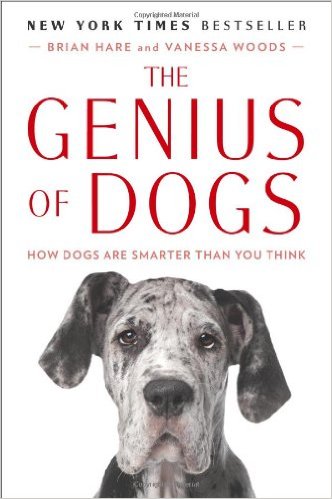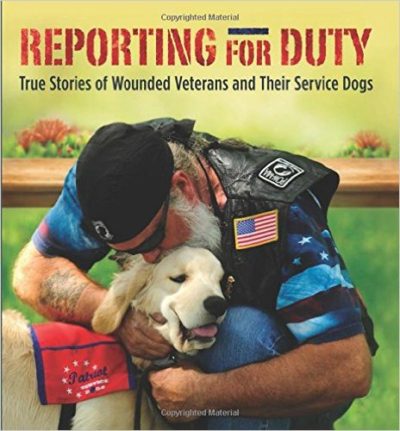I recently had the pleasure of visiting with Dr. Teresa Conner-Kerr and Dr. Sue Ann Kalish from the University of North Georgia (UNG) about one of their innovative research projects that could have a major impact on the future of guide dog and other assistance dog handlers.
Years ago, Conner-Kerr noticed that the posture of her patients who had guide dogs was different. When she started working at the UNG she met Kalish, associate professor of physical therapy and the two started talking.
Since then, UNG researchers have confirmed that while guide dog use reduces the risk of falls for visually impaired people, there is an increase in complaints about joint pain, particularly shoulder pain.
Conner-Kerr, College of Health Sciences and Professions Dean, began working with other researchers at UNG, including Kalish, associate professor of physical therapy, and Dr. Robert Powers, associate professor of physical therapy and nursing, and director of research for the College of Health Sciences & Professions.
The faculty researchers, along with graduate students and other advisers, are studying joint injuries in guide dog users. They then plan to develop new strategies to prevent injuries. Taking a holistic approach, they are looking at how guide dog harnesses fit the user. Previous research has only looked at either the guide dog or the user, not how the two work together.
The researchers have had guide dog users walk on a GAITRite walkway, which uses embedded pressure sensors to collect information on gait characteristics. They compare how guide dog users walk with their dog and with a cane to see differences.
There is still more research to be done on the interface between the guide dog user and the harness handle, an area that has not been studied in the past. Although the research is continuing, early findings have already been presented at Physical Therapy and Guide Dog User meetings and conferences.
Future work might include new guide dog harness and handles designed to reduce injuries to guide dog users produced in collaboration with a manufacturer. The ultimate goal is to find the root cause of pain and injuries, and increase the quality of life for people who use guide dogs.
These pioneering researchers want to hear from guide dog handlers and other assistance dog handlers about their experiences. You can reach them at [email protected] or [email protected]. You can also hear our conversation at https://www.petliferadio.com/workingdogsep161.html






